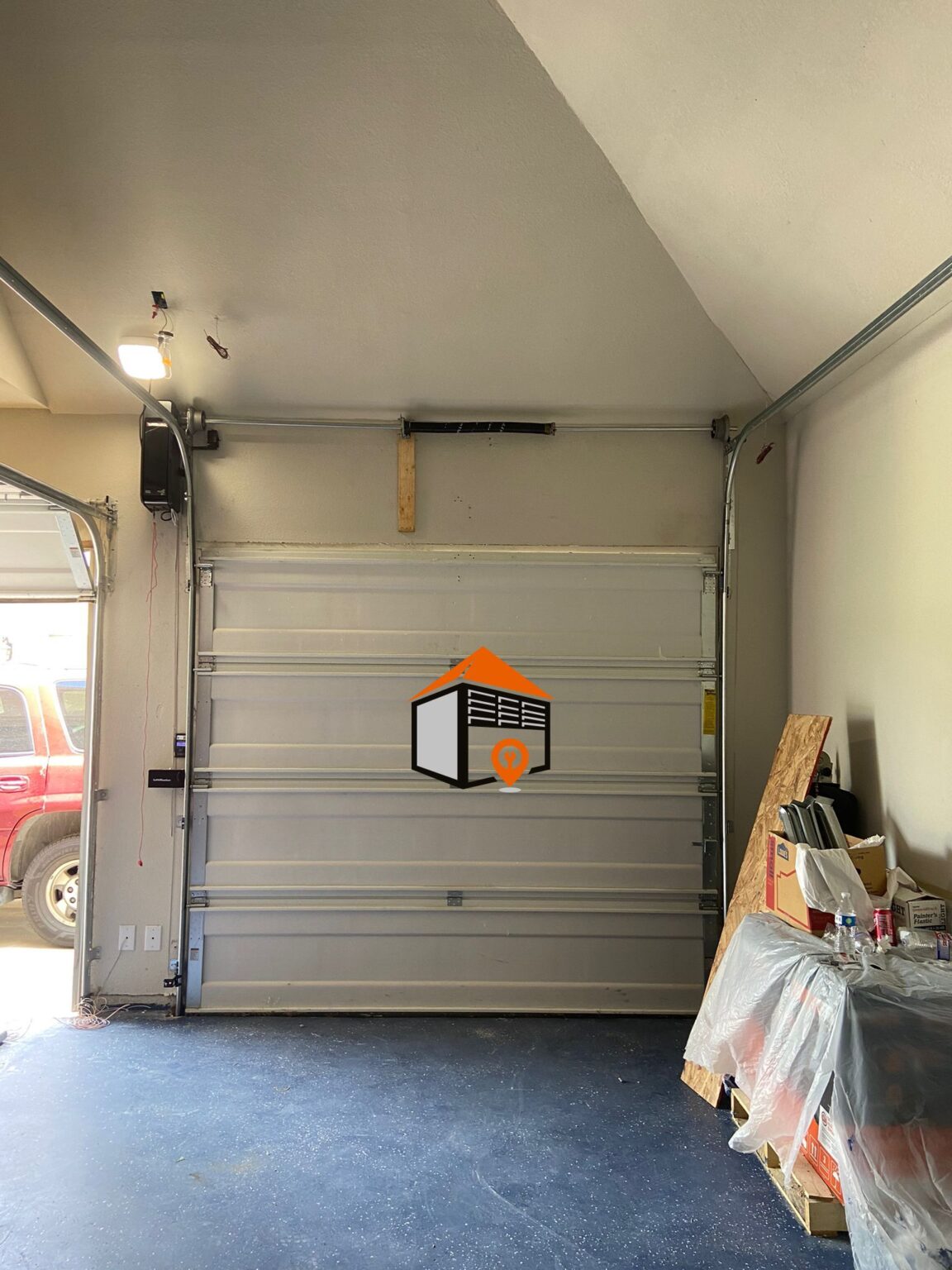Common Thickness for Residential Garage Doors
A: The most common thickness for a residential garage door cable is an eighth of an inch thick. The length of the cable will determine the height size of the door. If your garage door is over 8 feet tall, it might require a slightly thicker cable to handle the additional weight. For doors in the 10 to 12-foot tall range, more substantial hardware, like commercial-grade cable drums, may accommodate the thicker cable. This variance is necessary because longer cables require wider drums, which are typically larger than those found on standard residential garage doors.
Custom Garage Needs in Rural Areas
It’s surprising how some residential garage doors can reach such heights, especially in rural areas where custom garages often house recreational vehicles and boats. Just because a garage door is residential doesn’t mean it can’t require commercial-grade hardware and equipment. If you have a solid wood garage door, for example, the panel sections are extremely heavy and necessitate very strong springs for effective operation.
The Importance of Strong Springs
Despite the apparent ease of lifting a heavy wood door, you need robust springs to support it properly. Consider the constant pressure between the springs and the garage door; the door is usually kept down, which places the most strain on the springs and cables. In my years as a garage door technician, I’ve noticed that cable fraying or deterioration usually occurs on wooden garage doors, rather than on steel-constructed garage doors.
Differences in Cable Thickness by Manufacturer
Some garage door manufacturers, like Wayne Dalton, may use cables with a thickness of a sixteenth of an inch because their doors are constructed to be significantly lighter than the average residential models. This means that such doors do not require as thick a cable. However, the majority of garage door manufacturers opt for the standard eighth of an inch thickness across their models for simplicity and cost-effectiveness.
Recognizing Heavy Garage Doors
If your garage door cable exceeds an eighth of an inch in thickness, you’re likely dealing with a considerably heavy door. I’ve seen 1⁄8-inch cables used on 12 to 15-foot steel garage doors in a commercial setting. Most garage door manufacturers design their torsion and cable assembly systems to require thinner cables, making retrofitting a torsion spring setup necessary if you wish to change this.
Identifying Cable Specifications
Most manufacturers include a tag on their cables that describes the thickness and length of the cable. If you have access to such a tag, it can provide crucial information about your cable’s specifications. If you are replacing cables on your residential garage door, it’s advisable to ask your technician to show you the cables to read the tag. However, it’s important to note that the tag is not always present on the cables, so you should be aware of this possibility.
